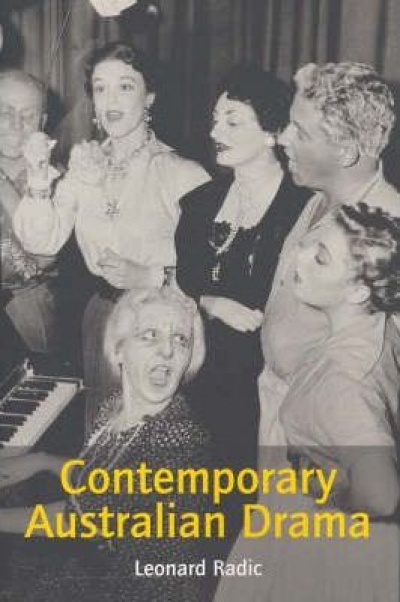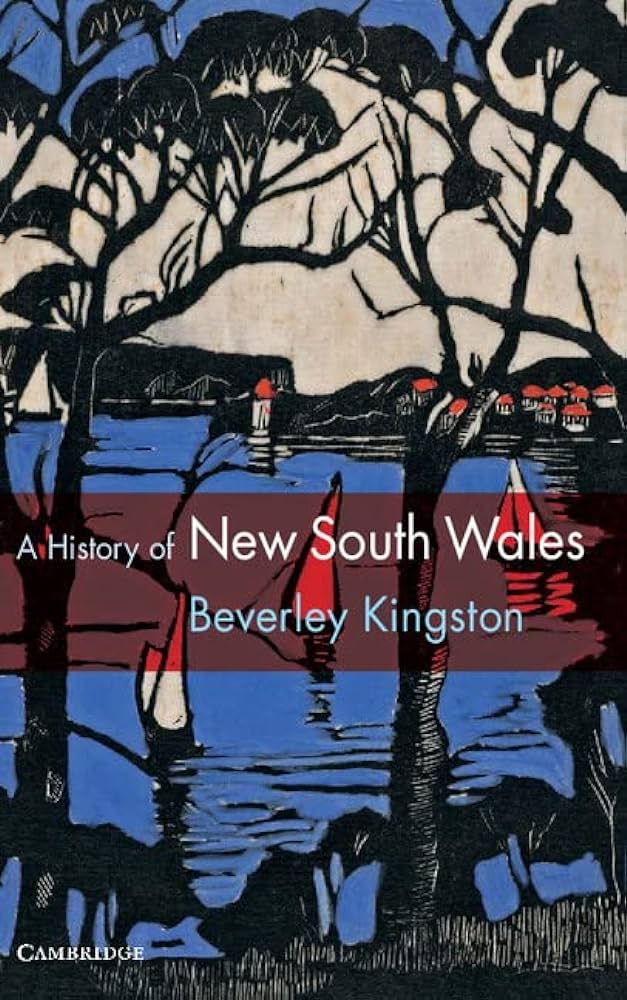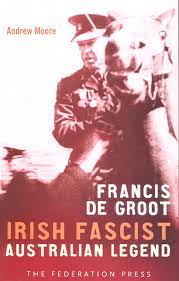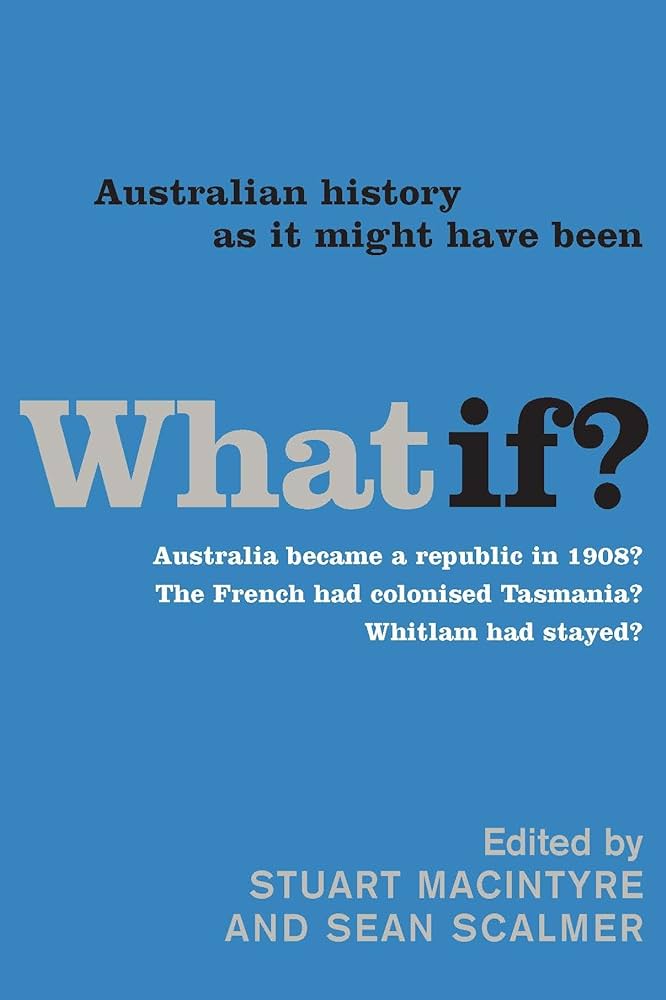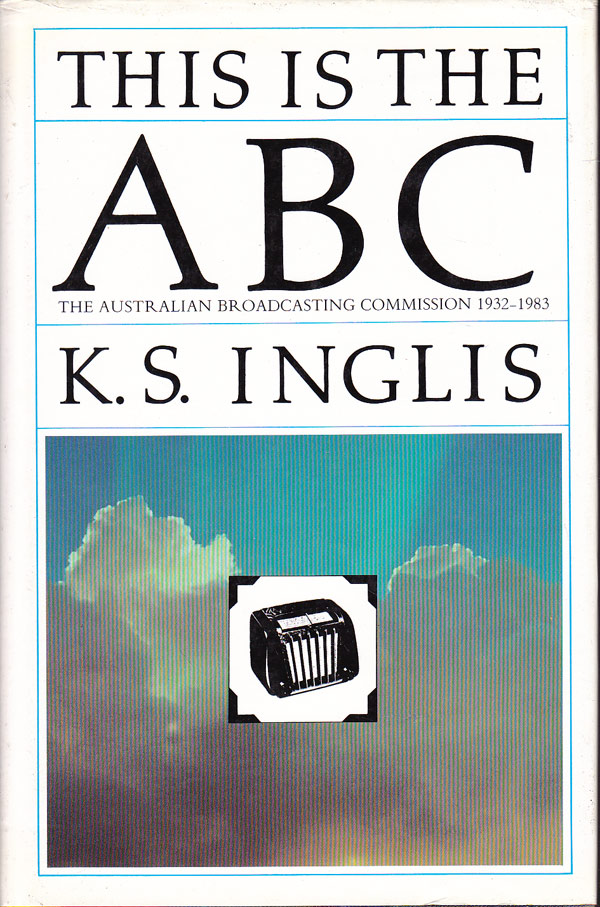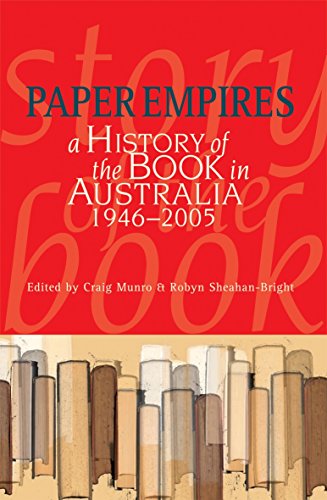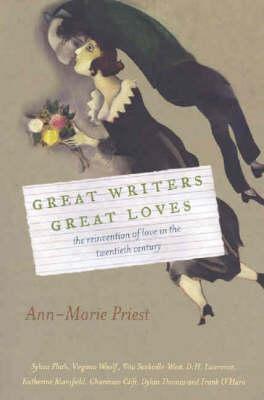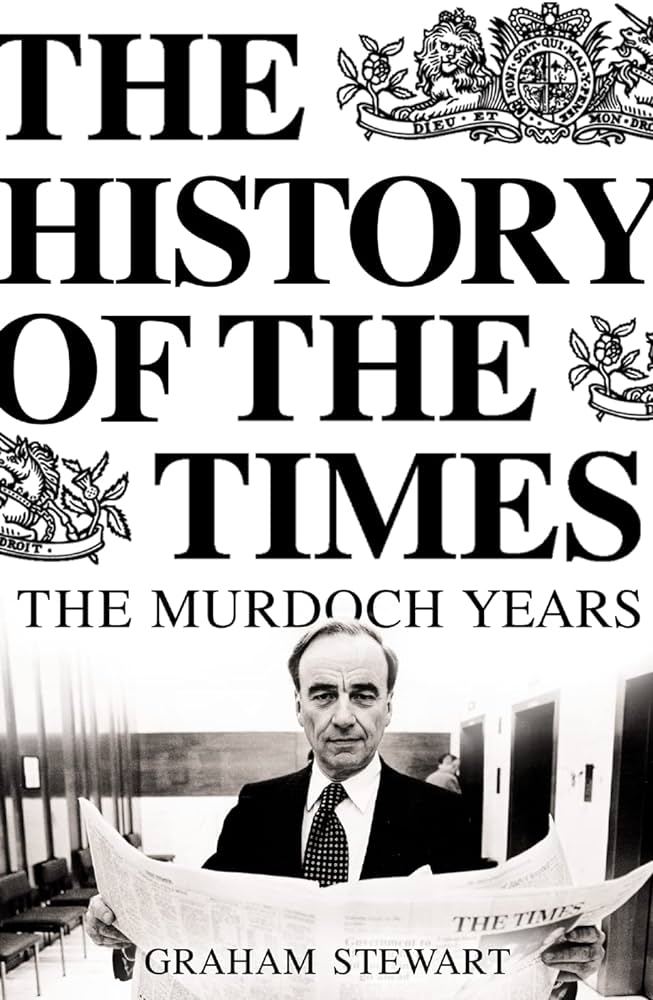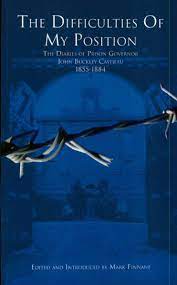History
When Prince Hamlet cried ‘The play’s the thing’, he was about to use a performance of The Mousetrap to demonstrate a point central to his purpose: he intended to ‘catch the conscience of the king’. Nearly 400 years later, British playwright David Hare endorsed and expanded Hamlet’s utilitarian approach, writing: ‘Indeed, if you want to understand the social history of Britain since the war, then your time will be better spent studying the plays of the period … than by looking at any comparable documentary source.’
... (read more)This book has one of the most beautiful covers you could hope to see: a Margaret Preston woodcut of Sydney Harbour, in rich blue, scarlet and ivory. Nor does the inside disgrace the exterior. It is a long time since anyone attempted a history of New South Wales, more than a century according to the blurb, presumably a reference to T.A. Coghlan’s annual publication, The Wealth and Progress of New South Wales, the last edition of which appeared in 1901. Beverley Kingston is highly qualified to do the job, and the twentieth-century detail is especially good.
... (read more)Francis de Groot: Irish fascist, Australian legend by Andrew Moore
There was a time in Australia when right-wing citizens of this country were passionate and organised enough to bring the left-led state of New South Wales to the brink of civil war on political grounds. This violent opposition was led by rebel elements among ‘as many as 30,000 members’ of a conservative and ‘formally constituted civilian reserve’ known as the Old Guard. Impatient with the staid organisation, they had forged a more militant collective under the guise of the New Guard. One of the major players in this evolution was Captain Francis Edward De Groot, an antique-dealer and reproduction furniture manufacturer from Ireland, whose ambition and taste for adventure had led him to Australia. De Groot went on to star in the most famous scene of this political drama and to carve his name into Australian popular myth by usurping Premier Jack Lang as the ribbon-slasher at the opening of the Sydney Harbour Bridge.
... (read more)What If?: Australian history as it might have been edited by Stuart Macintyre and Sean Scalmer
Thirteen scholars here have fun changing the course of Australian history, but this diverting exercise has the serious purpose of making the real history fresher, more complex and surprising.
Even the more implausible scenarios can have this effect. Marilyn Lake imagines Prime Minister Alfred Deakin declaring independence from Britain in 1908 and aligning Australia with the United States, which brings to our attention the high place in the Australian imagination accorded to the American republic as exemplar, potential ally and partner in the spreading of a vigorous white manhood across the new world. Ann Curthoys ponders the character and influence of feminism by imagining a men’s movement emerging in the 1970s.
... (read more)This is the ABC: The Australian Broadcasting Commission 1932–1983 by Ken Inglis
Ken Inglis is now as much a part of the history of the ABC as any of the charismatic broadcasters, mercurial managers or audiences – devoted and indignant – that his two monumental histories chronicle. He has become the repository, the source, the critical race memory of the ABC, ‘just three years older’ than the phenomenon he examines.
The list of corrigenda at the end of the new edition of This Is the ABC (first published by Melbourne University Press in 1983) underscores the point: insiders, listeners, viewers and politicians have inundated him with corrections and information to refine and expand his already minutely detailed volume one of the history. Listeners plead with him to include the story of the newsreader who announced that a lady had been bitten on the funnel by a finger-webbed spider. Other responses are less benign. Solicitors for Sir Charles Moses, for thirty years the ABC’s general manager, write to Inglis in 1983 listing ‘imputations’ in his book which they claim are grossly defamatory of Sir Charles’s good name and reputation. Sir Charles himself, at the Broadcast House launch of the first volume in 1983, greeted the disconcerted author with the news that he would be hearing from his solicitors. ‘I did my best to look and sound at ease when Dame Leonie called me to the dais’, recalls Inglis. The case was not pursued, and the relevant documents are now deposited in the National Library. But it is characteristic of the man and the historian that Inglis should ‘remain sad that although my admiration for the ABC’s principal maker was evidently clear to reviewers and other readers, the subject himself could not see it’.
... (read more)Paper Empires: A history of the book in Australia, 1946-2005 edited by Craig Munro and Robyn Sheahan-Bright
This eagerly awaited volume is the last in a trilogy which will recount the history of the book in Australia. The first volume, which will cover the years to 1890, is in preparation. Volume Two, A History of the Book in Australia, 1891–1945: A National Culture in a Colonised Market, edited by Martyn Lyons and John Arnold, was published in 2001.
What is a history of the book? The present volume regrettably does not tell us. We need to consult Volume Two, where Martyn Lyons tells us that it is the history of print culture: ‘The historian of the book is concerned not just with the creative imagination but with all the processes of production, including typesetting, binding, illustration, editing, proofreading, designing, and publishing.’ In addition to the history of book production, the history of print culture encompasses distribution and reception, which involves bookshops and booksellers, libraries and librarians, and, by no means least, readers. The promotion of reading and its hindrance (censorship and other factors) are important topics. It is a broad canvas.
... (read more)Great Writers Great Loves: The reinvention of love in the twentieth century by Ann-Marie Priest
If this is love, then we are all in trouble. Addiction, infidelity, cruelty, violence, obsession, depression, repression, jealousy, impotence, the neglect of children and a whole lot of hysterical personal correspondence are features of the love affairs conducted by the eight writers who are the subject of this disconcerting book.
... (read more)The nomenclature of indigenous policy is apt to mislead, casting indigenous people as the passive objects of progressively more enlightened régimes: protection, assimilation, self-determination. This view is resonant in the history propagated by Keith Windschuttle, among others. Contesting Assimilation sets out to debunk this historically inaccurate idea and the implicit condescension in the view that denies any role for indigenous people in shaping the policy environment. As the essays in this volume attest, the development of indigenous policy can only be understood as a product of the interaction of indigenous and non-indigenous reformers, engaged in a struggle of ideas as to how best to resolve the social issues occasioned by colonisation.
... (read more)The History of The Times: Volume vii: the Murdoch years by Graham Stewart
In the first volume of his memoirs, In Time of Trouble, Claude Cockburn described his introduction to The Times of the 1930s, on a visit to its foreign desk. There he found one sub-editor reciting Plato’s Phaedo from memory, while another translated it into Chinese: they had a bet it could not be done without loss of nuance. Another sub-editor, a grammarian of Polynesian previously employed as a professor of Chinese metaphysics at the University of Tokyo, spent the entire evening over a two-line item concerning the Duke of Gloucester’s arrival in Kuala Lumpur. ‘There are,’ he explained to Cockburn, ‘eleven correct ways of spelling Kuala Lumpur, and it is difficult to decide which should receive the, as it were, imprimatur of The Times.’
... (read more)The Difficulties of My Position: The diaries of prison governor John Buckley Castieau 1855–1884 by Mark Finnane
Both a scholarly resource and a good read, Castieau’s diaries, effectively edited, enliven and enrich our sense of colonial Melbourne. Castieau’s modest standing adds to the diaries’ significance as they record the dailiness of life, combining the public and the private: work, life around town and ‘the domestic minutiae of everyday life captured in his relentless record’. What makes Castieau exceptional are the span and detail of the diaries: ‘His workaday life does not obscure the more important issues of colonial life – getting on, enjoying oneself, establishing a reputation, being part of the world.’
... (read more)

